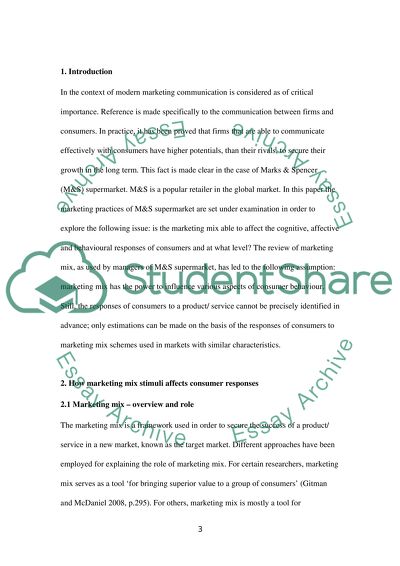Cite this document
(“Marketing mix stimuli: M&S supermarket Essay Example | Topics and Well Written Essays - 2750 words”, n.d.)
Retrieved from https://studentshare.org/marketing/1404039-consumer-behaviour
Retrieved from https://studentshare.org/marketing/1404039-consumer-behaviour
(Marketing Mix Stimuli: M&S Supermarket Essay Example | Topics and Well Written Essays - 2750 Words)
https://studentshare.org/marketing/1404039-consumer-behaviour.
https://studentshare.org/marketing/1404039-consumer-behaviour.
“Marketing Mix Stimuli: M&S Supermarket Essay Example | Topics and Well Written Essays - 2750 Words”, n.d. https://studentshare.org/marketing/1404039-consumer-behaviour.


